Regenerating Arbitrary Video Sequences with
Distillation Path-Finding
Thi-Ngoc-Hanh Le, Shang-Yi Yao, Chun-Te Wu, and Tong-Yee Lee, Senior Member, IEEE
CGVSL - National Cheng-Kung University
|
|
AbstractIf the video has long been mentioned as a widespread visualization form, the animation sequence in the video is mentioned as storytelling for people. Producing an animation requires intensive human labor from skilled professional artists to obtain plausible animation in both content and motion direction, incredibly for animations with complex content, multiple moving objects, and dense movement. This paper presents an interactive framework to generate new sequences according to the users' preference on the starting frame. The critical contrast of our approach versus prior work and existing commercial applications is that novel sequences with arbitrary starting frame are produced by our system with a consistent degree in both content and motion direction. To achieve this effectively, we first learn the feature correlation on the frameset of the given video through a proposed network called RSFNet. Then, we develop a novel path-finding algorithm, SDPF, which formulates the knowledge of motion directions of the source video to estimate the smooth and plausible sequences. The extensive experiments show that our framework can produce new animations on the cartoon and natural scenes and advance prior works and commercial applications to enable users to obtain more predictable results. Keywords -- animation, sequencing, RSFNet, distillation, SDPF
|
BibTeX@ARTICLE{10018537,
author={Le, Thi-Ngoc-Hanh and Yao, Sheng-Yi and Wu, Chun-Te and Lee, Tong-Yee},
|
GrantThis work was supported in part by the National Science and Technology Council (under nos. 111-2221-E-006 -112 -MY3 and 110-2221-E-006-135-MY3), Republic of China (ROC), Taiwan. |
Demo video |
|
|
Comparisons |
River flow (the first row) and Chinese ink (the second row) are mentioned as the limitation in [14]. In both cases, there exists long linear motion segments. The flip-flop phenomenon occurs in River flow sequence in [14]'s result. With Chinese ink, [14] generate abnormal motion directions and enventually leads to unrealistic resultant video. Reversely, our system generates smooth and realistic motions in both cases. |
|
|
|
|
Input video |
Manifold sequence [14] |
By ours |
Our system can generate different sequences at arbitrary starting frames. Here, we demonstrate the results with starting at the first frame (i.e., frame 0), the middle frames (i.e., frame 156 and 214), and the last frame (i.e., frame 313). |
Source sequence starting at frame 0 |
Source sequence starting at frame 156 |
Source sequence starting at frame 214 |

This is the final frame |
Generated sequence starting at frame 0 |
Generated sequence starting at frame 156 |
Generated sequence starting at frame 214 |
Generated sequence starting at the final frame 313 |
Starting at the same frame (i.e., frame 0) and resulting different smooth sequences |
Sequence of Hippo funk |
Resultant Sequence 1 with starting frame 0 |
Resultant Sequence 2 with starting frame 0 |
Evaluation Results |
Here we show the results of 12 videos that we used in our evaluation. They are denoted as A to L in Figure 6 of our manuscript. |
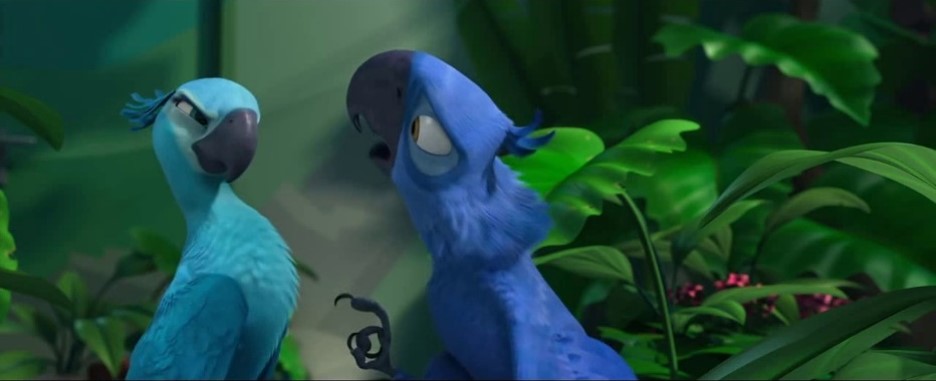 A - Love bird |
Input clip |
Output sequence at frame 426 |
||
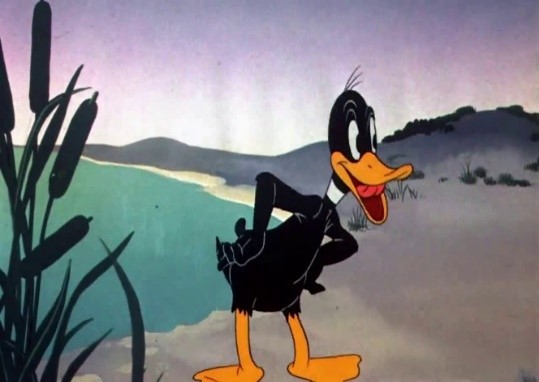 B - Daffy Duck |
Input clip |
Output sequence at frame 214 |
||
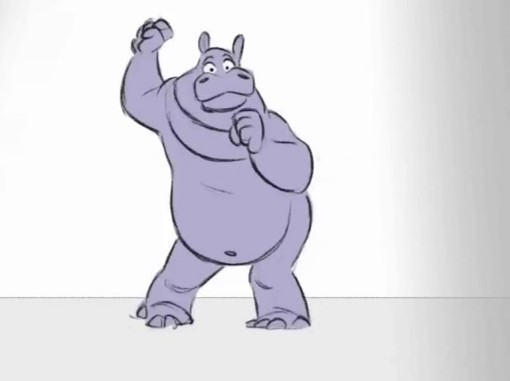 C - Hippo funk |
Input clip |
Output sequence at frame 0 |
||
 D - Frog dance |
Input clip |
Output sequence at frame 102 |
||
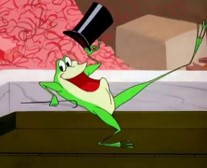 E - Michigan |
Input clip |
Output sequence at frame 37 |
||
 F - Umbrella |
Input clip |
Output sequence at frame 0 |
||
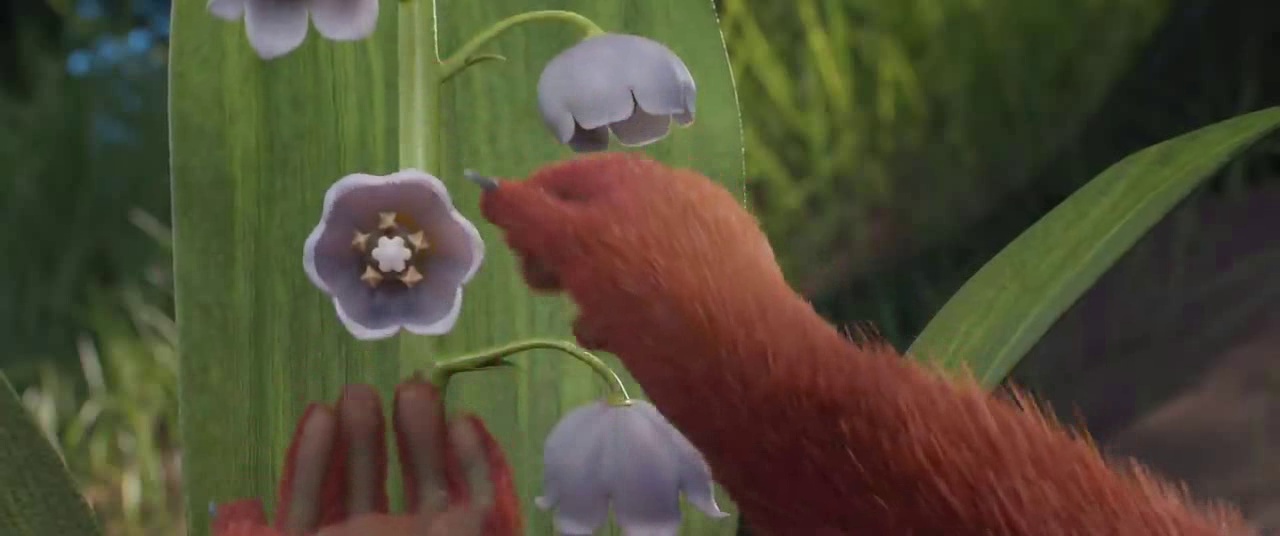 G - Little doctor |
Input clip |
Output sequence at frame 67 |
||
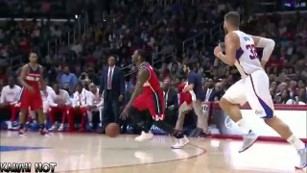 H - Basketball match |
Input clip |
Output sequence at frame 0 |
||
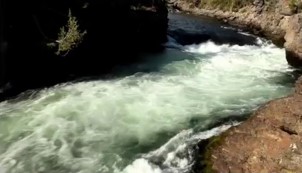 I - River flow |
Input clip |
Output sequence at frame 0 |
||
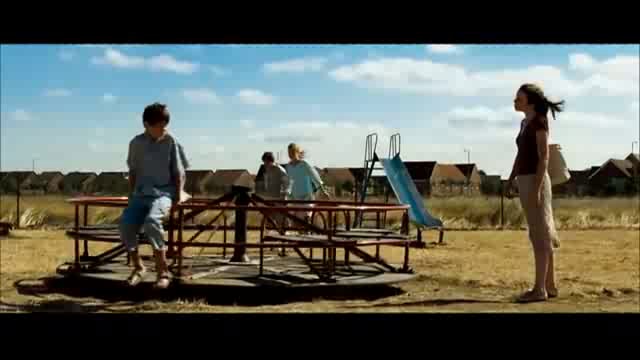 J - Harry Porter |
Input clip |
Output sequence at frame 0 |
||
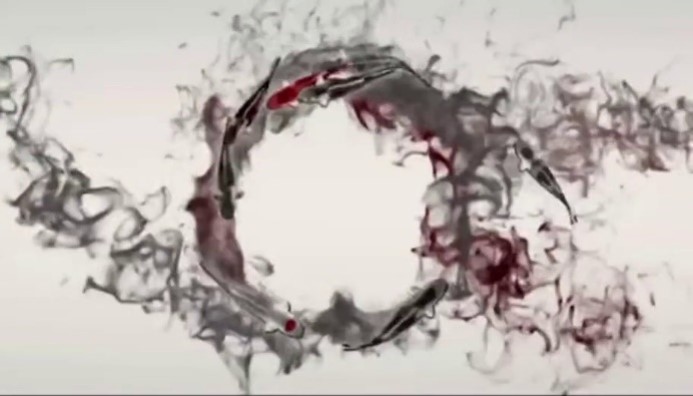 K - Chinese ink |
Input clip |
Output sequence at frame 0 |
||
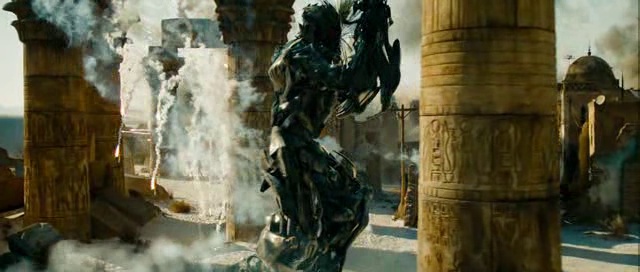 L - Movie scene |
Input clip |
Output sequence at frame 306 |
More Results |
Input sequence |
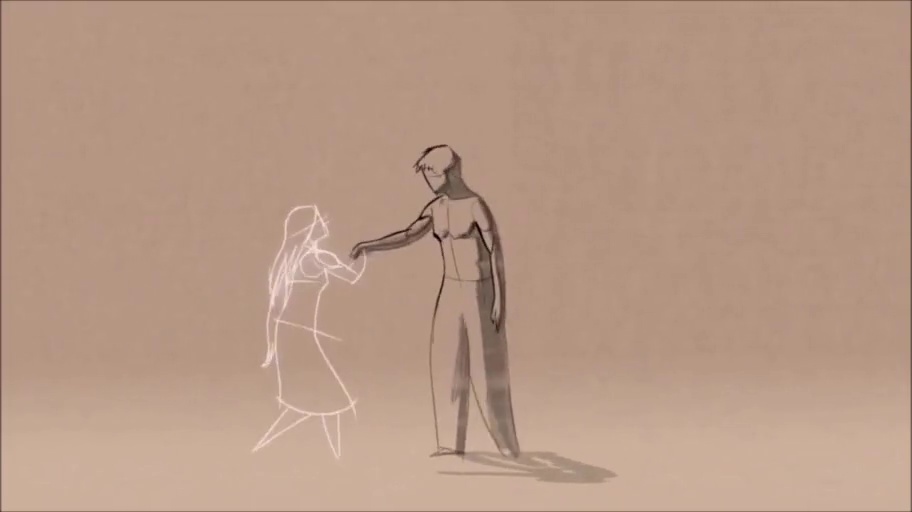 Starting frame 48 (i.e., final frame) |
Output sequence at frame 48 |
||
Input sequence |
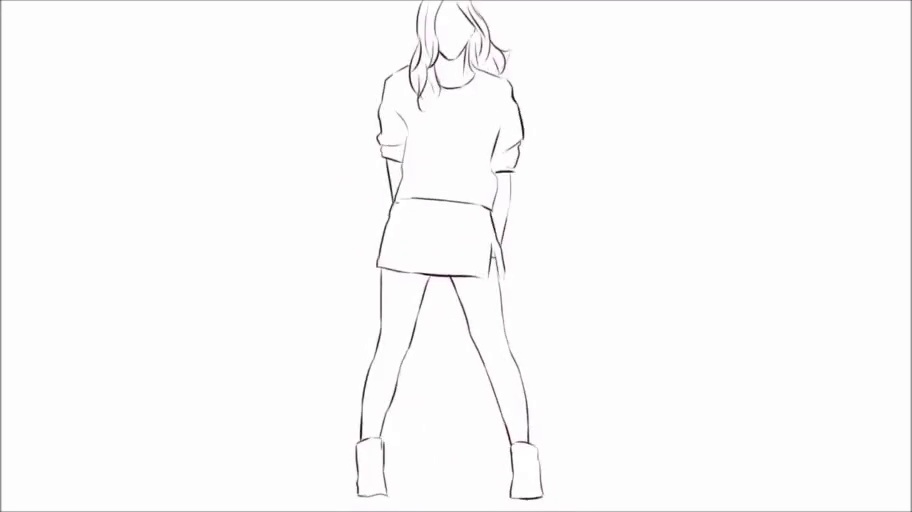 Starting frame 100 |
Output sequence at frame 100 |
||
Input sequence |
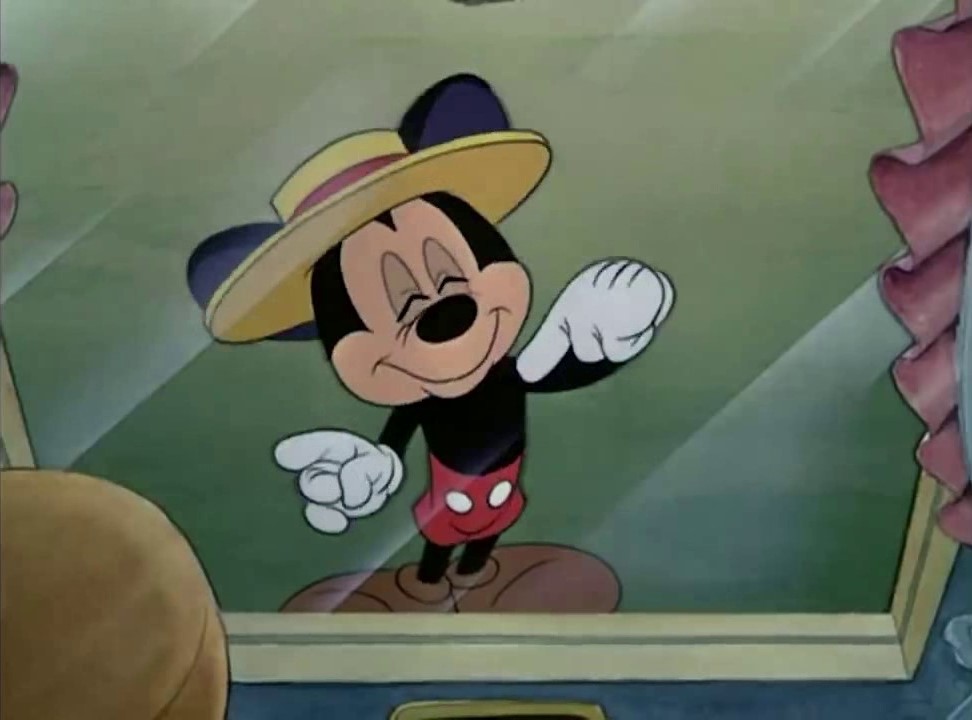 Starting frame 126 |
Output sequence at frame 116> |
||
Input sequence |
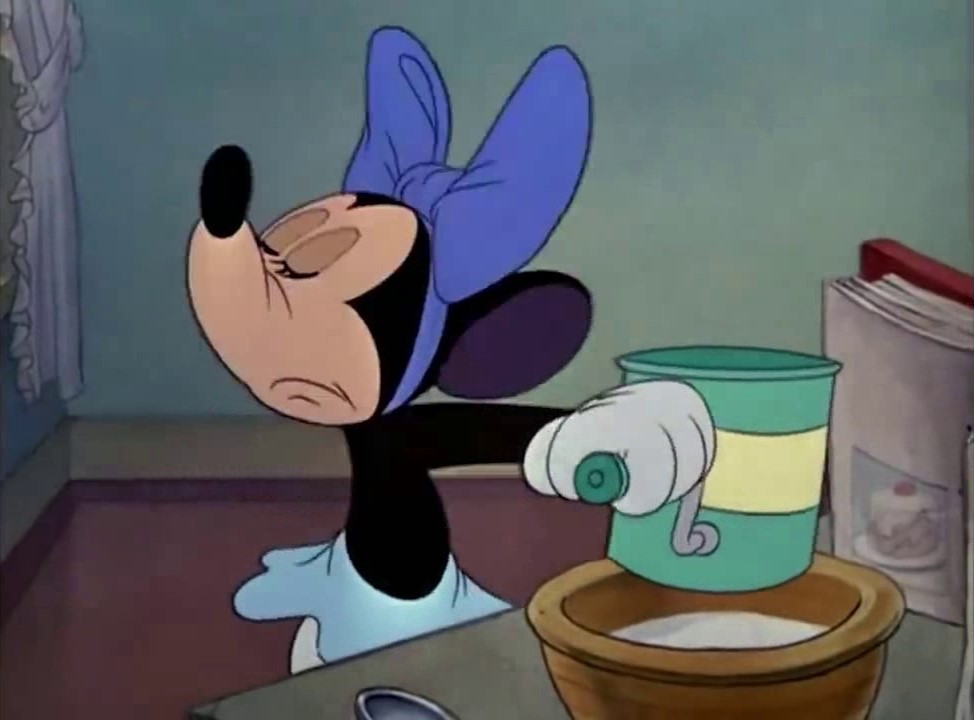 Starting frame 79 |
Output sequence at frame 79 |
||
Input sequence |
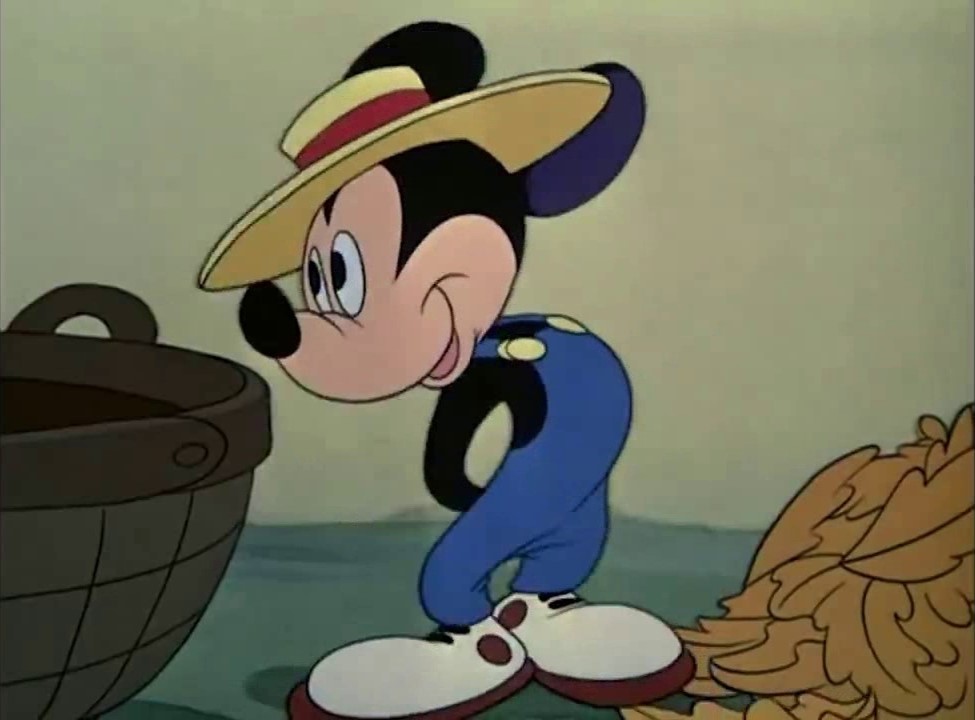 Starting frame 97 |
Output sequence at frame 97 |
||
|
Buffalo input sequence |
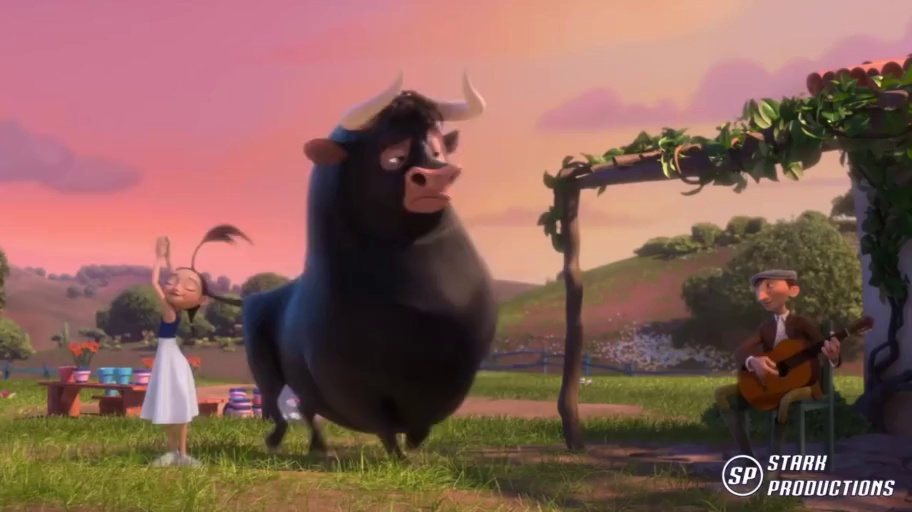 Starting frame 0 |
Buffalo output sequence |